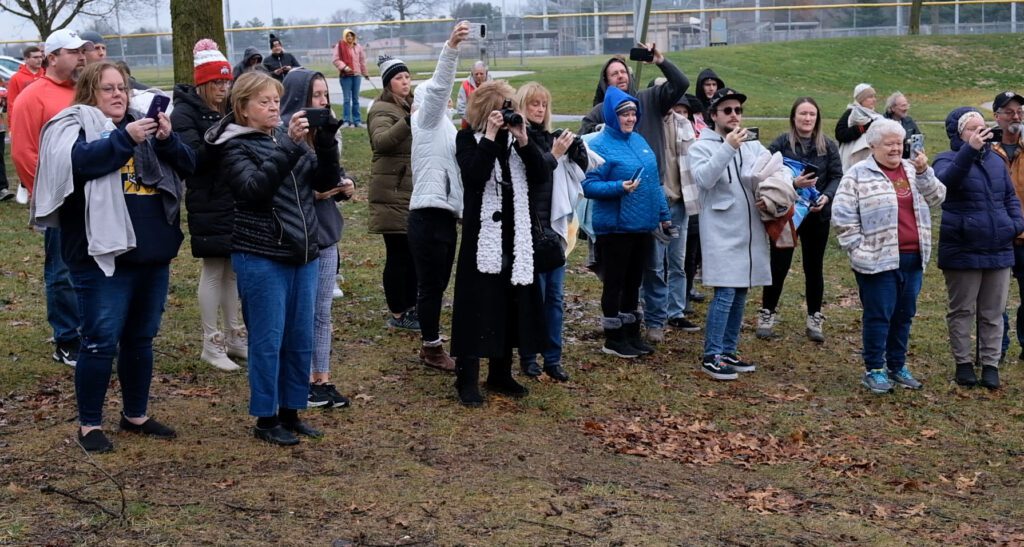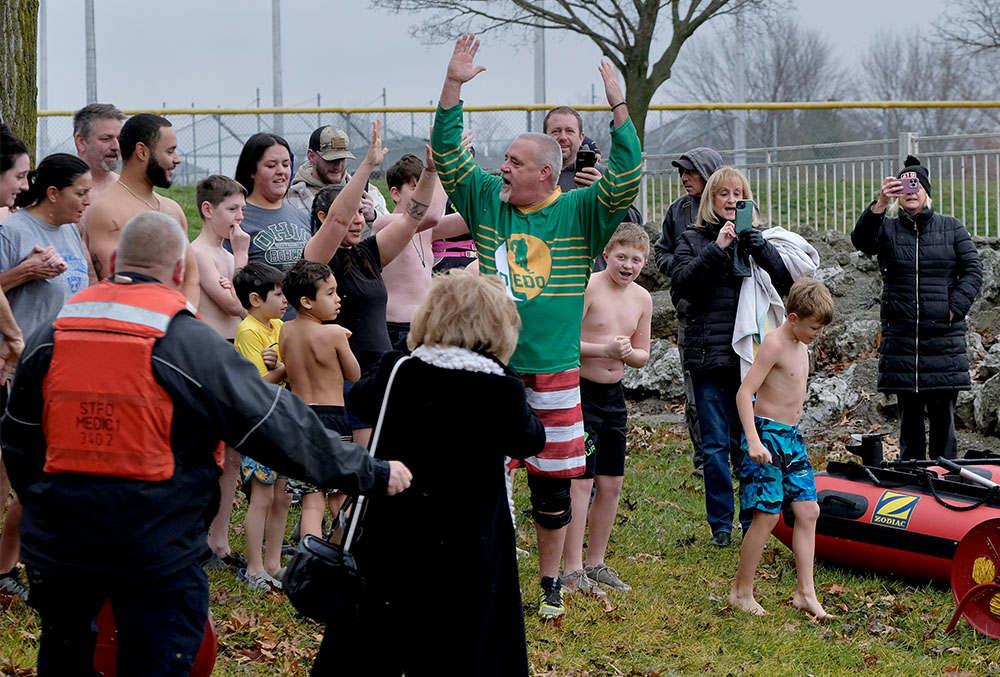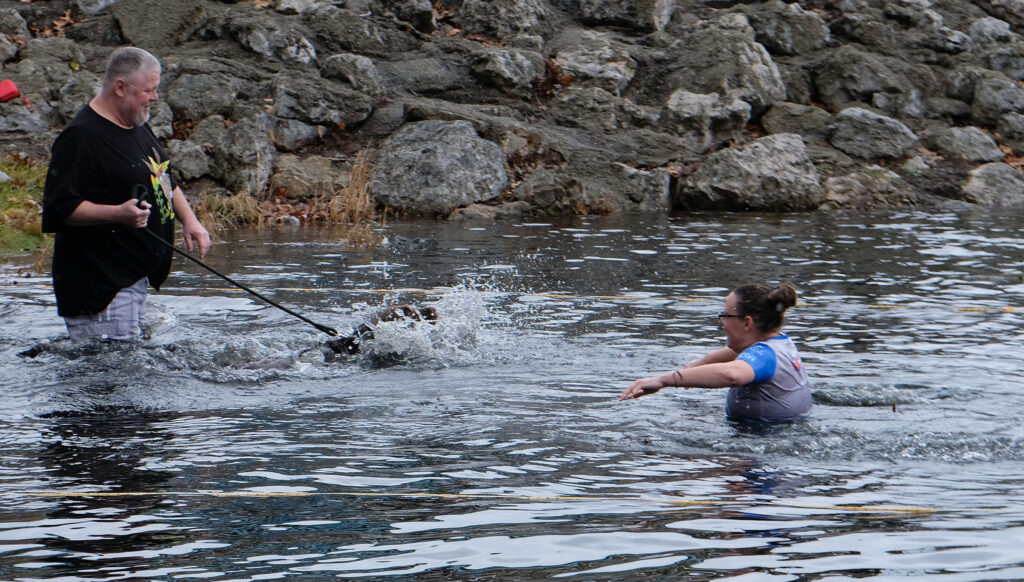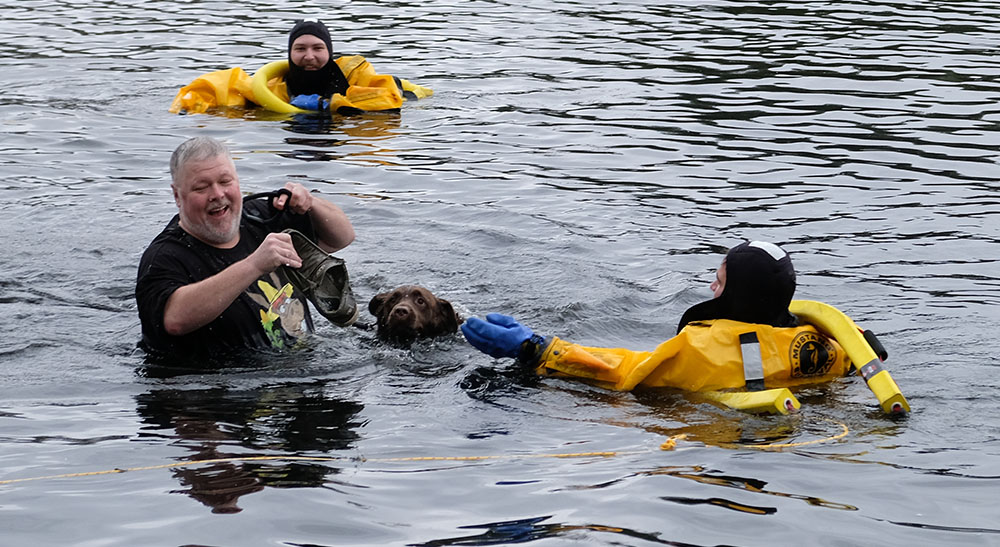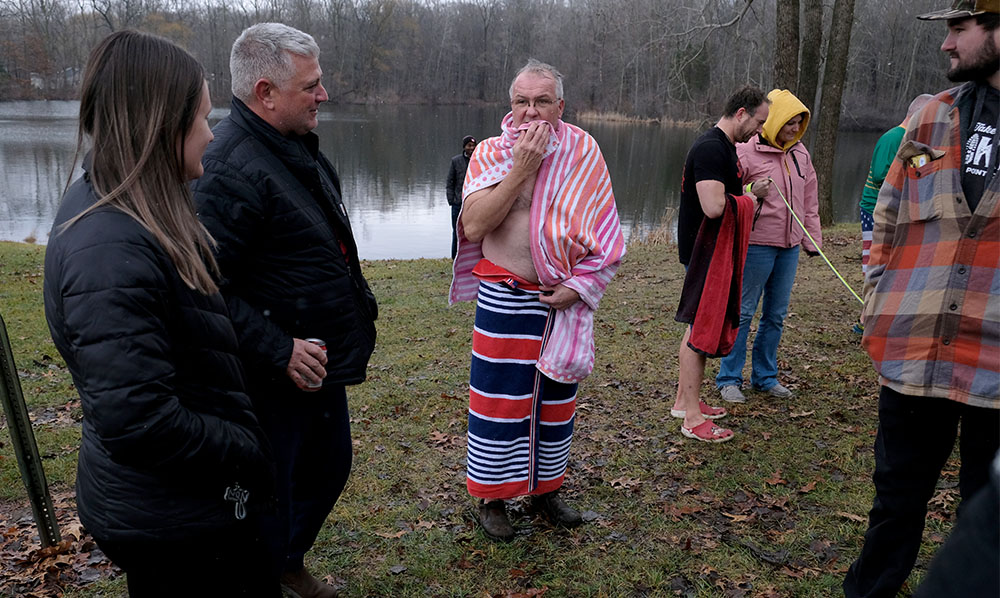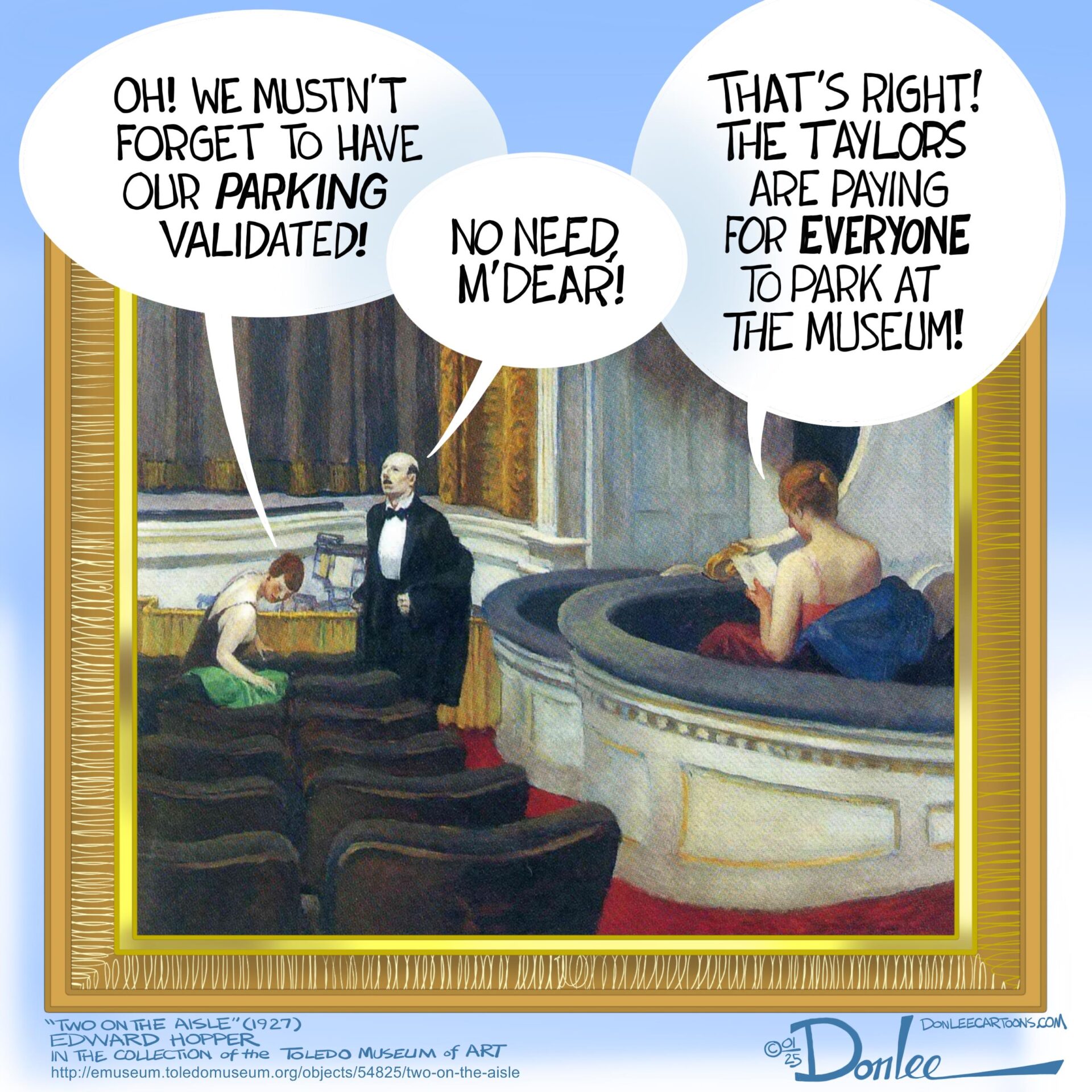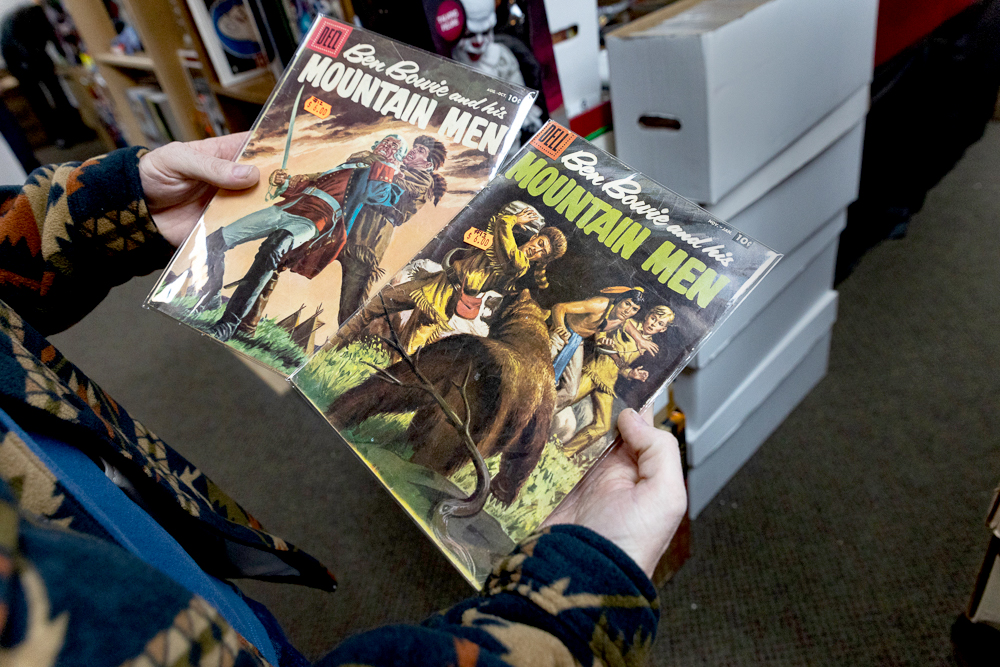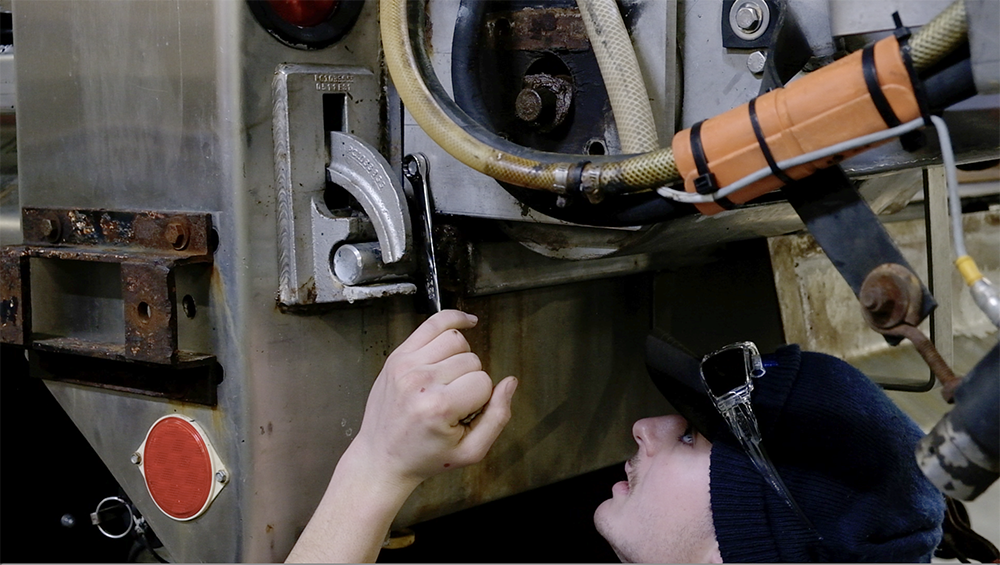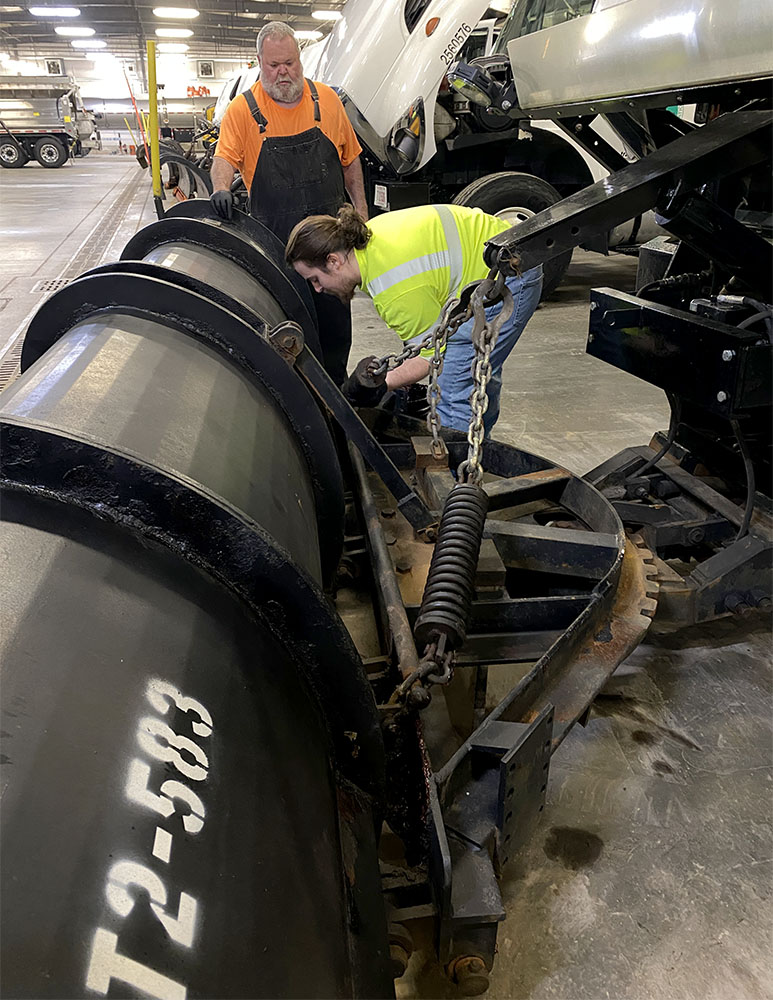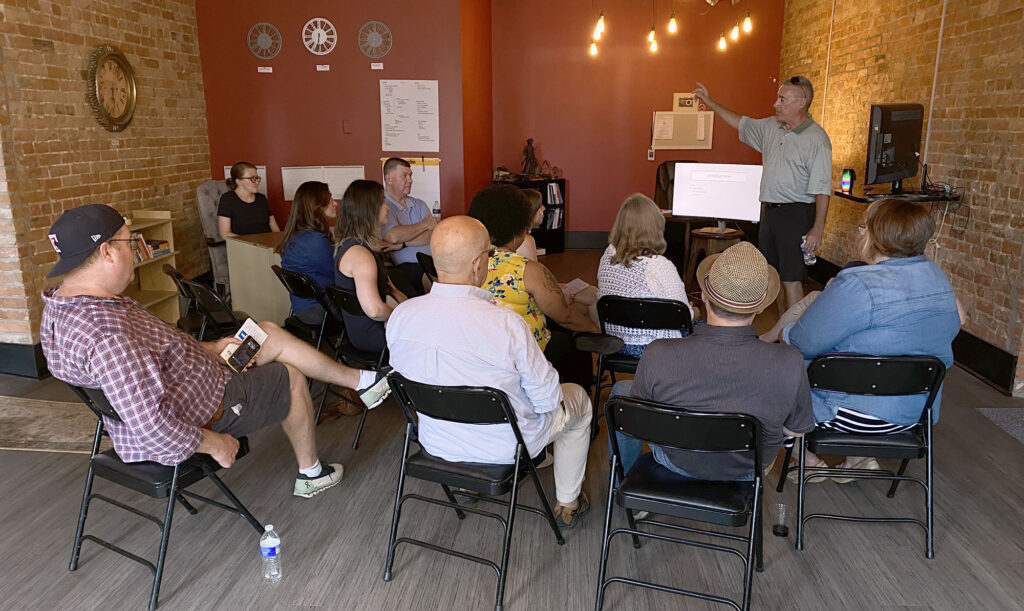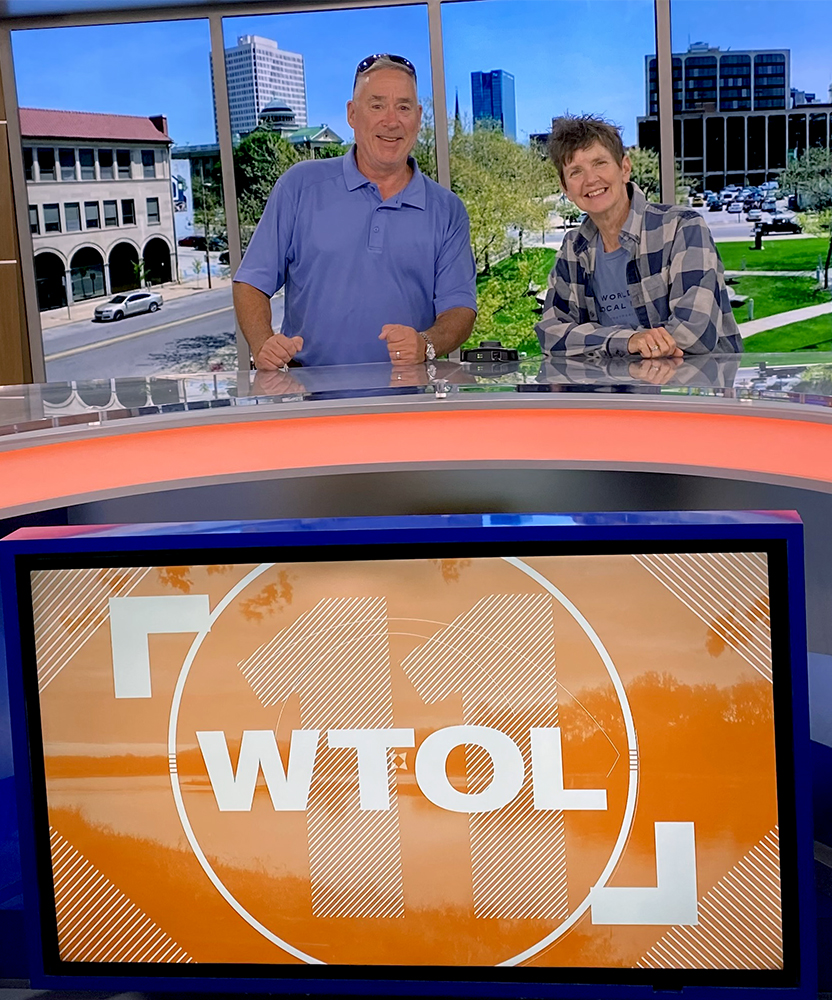This story was originally published by Signal Statewide. Sign up for their free newsletters at SignalOhio.org/StateSignals. Statewide is a media partner of the Toledo Free Press.
Andrew Tobias | Signal Statehouse

Members of the Ohio House of Representatives and Ohio Senate introduce hundreds of bills every two-year legislative session. Here are some tips for learning more about them.
Perhaps Schoolhouse Rock inspires you. Or you are just curious about a proposed law you heard about.
- What exactly is in it?
- Who sponsored the bill?
- Did the bill pass?
- Who voted for it?
The good news is you can find the answers to many of the questions yourself.
How to find a bill
Members of the Ohio House and Ohio Senate introduce hundreds of bills every two-year legislative session. These bills are assigned numbers and listed on the legislature’s website.
Many news outlets make a point of including a bill’s official name in articles to make it easier for interested readers to find more information about them. Here are some examples of bills that have been covered by Signal Statewide and other media outlets recently.
- Ohio Senate Bill 104, restricts the use of certain bathrooms by transgender students at state schools and universities. Gov. Mike DeWine signed the bill into law on Nov. 27.
- Ohio House Bill 296, which increases the amounts local governments must contribute toward police and firefighter pensions. The Ohio House passed the bill in December, but the Ohio Senate failed to act on it before the legislative session ended at the end of 2024. It will have to be reintroduced and approved again if it’s going to pass.
- Ohio House Bill 315, a sprawling bill state legislators passed in the final hours of their December “Lame Duck” session. The bill was a low-profile tweak to state laws governing townships but grew into a “Christmas Tree” bill thanks to a 441-page amendment lawmakers inserted before approving it. (CQ this, since DeWine might veto some or all of it)
If you know the bill’s name, you can easily take advantage of the Legislative Service Commission’s mini-website for each bill. The LSC, as the commission is commonly known, is the nonpartisan research arm for the legislature and the official repository of information about each proposed bill. Its website provides the following information organized under easily identified tabs explained below:
- Summary: This describes the bill’s general purpose, lists its sponsors (including the main sponsors’ pictures) and says what legislative committee is reviewing it.
- Documents: This contains links to the full text of the bill, with updated versions for each time a committee or the full House or Senate make changes. It also contains the analysis the LSC performs for every bill summarizing what it does in relatively plain English. Some bills also have a fiscal analysis, which describes the proposal’s price tag for state or local governments. When bills are changed in preliminary committees, the LSC typically publishes a comparison document or “comp doc” that describes the changes, which officially are called amendments.
- Status: This lists where the bill stands in the legislative process, which has several steps.
For example, when a bill is introduced, it is then referred to a committee. When and if the committee passes it, it then moves to the full legislative chamber from which it originated. If it passes there, then the bill is sent for consideration to the other chamber, which follows the same process.
- Votes: This shows when a bill passed, first in the preliminary committees and in the final vote before the full House or Senate. If you click “breakdown,” you can get a list of which legislators voted for and against it.
- Committee activity: This lists all written, public committee testimony for and against a bill, including listing that person’s name, affiliation and whether they’re for or against a bill. This can give you an idea of what a proposal’s pros and cons are and what special interests are for or against it, although sometimes those interests will lobby privately for a bill, especially if it’s controversial.
If you’re very interested in learning more about the action surrounding a particular bill – we’re using the word action very loosely here – you can visit The Ohio Channel, which is like the C-SPAN of Ohio’s state government. It publishes videos of all legislative committee hearings and full legislative sessions as well as official press conferences and other bonus content.
What if I don’t know the formal name of a bill?
If you can’t find a bill’s formal name in a news article or other source, you can always try Googling it, making sure to include terms that describe what it does. The Ohio Legislature’s website also has a search function that allows users to type in key terms.
But take note. There’s an issue you may run into if you’re researching an older bill. In each new legislative session, the bill numbering system starts over again. The most recent legislative session, the 135th General Assembly, started in January 2023 and ran through December 2024. The 136th General Assembly starts in January and runs through December 2026.
On the state website, make sure the session number lines up with the year the bill you’re researching was introduced or passed.
You can also just ask me and I’ll try to help.
How an Ohio bill becomes law
Time for Schoolhouse Rock, although the process is a little different in Columbus than it is in Washington, D.C.
Every new law begins its life as a bill in some form or another. The most common path one takes is a standalone bill. A lawmaker may propose an idea and ask colleagues to cosponsor it. This might be a response to a constituent concern, a proposal written by a special interest group or a version of a law passed in another state. It also could be a request from the governor, whose only official role in legislation is deciding whether or not to sign it into law but who often plays a key role in making policy proposals.
Typically, bills are first assigned to a legislative committee in the chamber where they originated. They are reviewed or changed and then sent to the full House or Senate for a full vote. If a bill passes there, it heads to the other chamber, where the process starts again.
If the House and Senate end up passing different versions of the same bill, sometimes they’re sent to what’s called a conference committee, where each chamber appoints a few members who are tasked with coming up with a compromise. The bill then goes back to the full House and Senate for approval.
The governor’s role in the bill process
Once a bill is passed by both chambers of the legislature, it heads to the governor’s desk for a signature. If signed, it becomes law. If the governor does nothing, it becomes law automatically within 10 days. If the governor vetoes it, the legislature can overturn the veto if it can get votes from three-fifths of members in each the House and the Senate.
An approved bill becomes law after 90 days. But lawmakers can attach an emergency clause that causes them to take effect immediately, although that requires a two-thirds vote from each the House and the Senate.
What kind of weird stuff can happen?
Sometimes, the process is as previously described. But sometimes changes to bills are introduced in committee hearings or at the last minute via amendments. And each two years, the state passes a budget bill that funds basic state operations, but that also contains thousands of pages of law changes.
So it might look like a bill you’re researching never passed. But maybe it just got mashed up with a different bill. This is hard to figure out, and this is generally why we try to list bill numbers in our stories.
Signal Statewide is a nonprofit news organization covering government, education, health, economy and public safety.




